Product characterization
Our aim is to provide you with the best protein analysis service by providing access to our service-minded team of highly experienced and skilled scientists, hand-picked from leading universities and companies. Together, they cover most fields of protein chemistry, mass spectrometry, and bioinformatics. They also apply top-of-the-line equipment and are experts in interpretation of its data for biopharmaceutical protein characterization.
Services
Product characterization
Product and attribute characterization
To comply with ICH Q6B guidelines, regulatory documentation for new protein-based biologic substances and products should provide structural characterization (including truncations, cleavage sites, and major degradants) and an overview of physicochemical properties.
In addition, comparability and stability studies are required for quality assurance/quality control (QA/QC).
Mass spectrometry enables reproducible, quantifiable intact mass analysis, peptide mapping, and amino acid analysis for product and quality attribute characterization.
Protein characterization services
Examples of biologics we analyze
Recombinant proteins
- Enzymes
- Hormones
- Fusion proteins
Antibodies
- Monoclonal (mAbs)
- Biosimilars
- Bispecific (bsAbs)
Vaccines
- Live attenuated
- Recombinant VLP
- Inactivated
Advanced
therapies
- Adenovirus
- AAV
- Lentivirus
Bacteriophage products
- Process samples
- DS batches
- Phage cocktails
Typical project timeline

Facilitate meetings to define the project scope and agree project proposal
Assign an experienced project leader to your project to fulfill the project objectives, ensure timely delivery, and keep your team updated on progress
Provide reproducible data using advanced instruments and robust workflows, with SOPs in place for all analyses to ensure the highest quality
Follow up the report with an online meeting to review the results and answer your questions
Talk to us
Whatever protein-related challenge or question you may have, we would love to help. Our experts can help you decide on the best analytical approach for your project by email or online meeting - providing advice without obligation.



